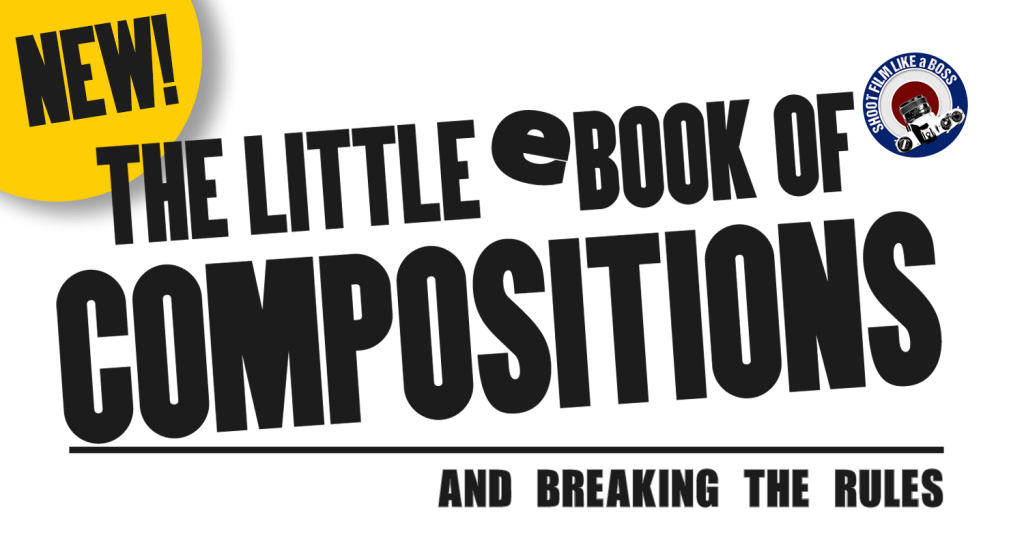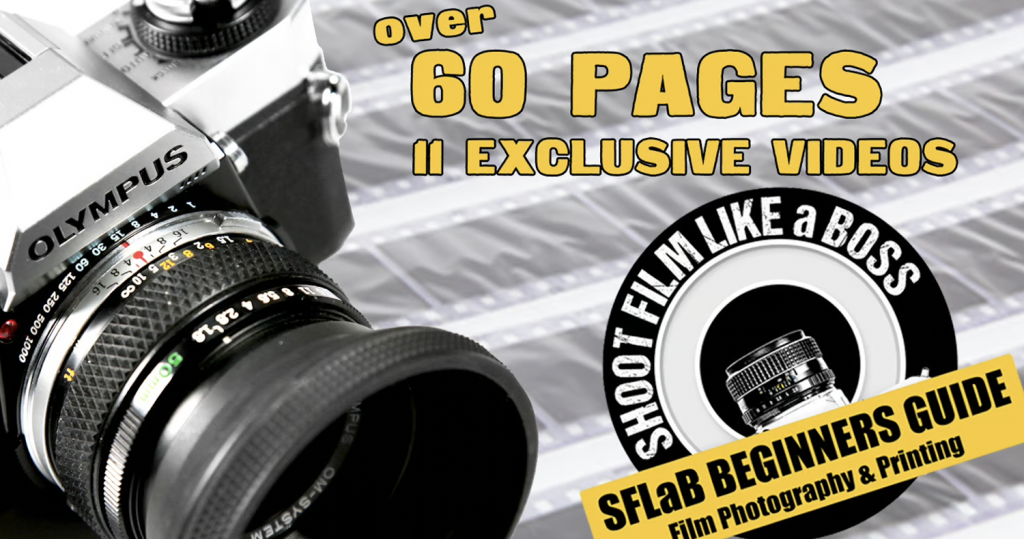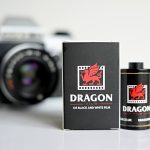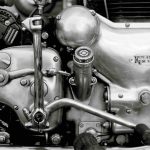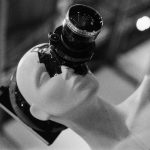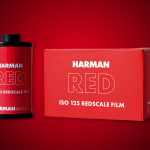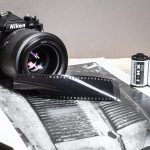Shooting 35mm Film is great fun and really not that hard to get into and can be very rewarding in terms of learning core photography skills and it really isn’t that expensive to get into either.
Watch the video or continue reading below…
Starting out
As 35mm Film Photography is making a huge comeback cameras, lenses and developing equipment has started to make it’s way onto the web auction sites with prices slowly creeping up. But there are many bargains out there to snap up if you look for them.
The Camera
There are so many brands of SLR out there it can be confusing to decide which cameras to look out for. If you are a student starting out in Photography I would suggest looking for a fully manual camera. You will learn and understand far more than choosing a fully automatic point and shoot camera.
Here are a few cameras to look out for. They are fully mechanical, have an internal light meter (if it works) and are fully manually operated. Meaning you have total creative control of your photographs.
Pentax K1000
Pentax Spotmatic Range
Chinon CS
If you are lucky the light meter inside the camera will work. But it’s always good practise to use a handheld light meter or just use the “Sunny 16 Rule“. There are also phone apps you can try. I use “Lightmeter” for my Android and it works very well, and it’s free.
Choosing a Film
So you now have your camera. But what film do I choose?
There are many films on the market and they all have their own creative characteristics. But let’s keep it simple for starting out.
Ilford have an excellent range of films that give you either 36 or 24 exposures and the three most popular for Black & White Photography are –
FP4 125 (A fine grain film rated at 125ISO)
HP5 400 (A good alround Film rated at 400ISO)
Ilford 3200 (A sensative film ideal for low light rated at 3200ISO)
If you are familiar with ISO then the numbers on the film should make sense. Yep, it’s the ISO rating.
For your first time loading your camera and shooting film I would recommend Ilford HP5 400.
Developing Your Film
Once you have taken your photographs you can’t see them until you have had the film developed. You can either do this yourself at home or send them away to a lab to be developed.
A Lab will develop your film and send you back the negatives, scanned images on a CD and also prints. But it’s not a cheap way to get into film.
A better option and certainly a cheaper option is to develop the film yourself at home. It’s not difficult to do and all the equipment needed you can find on internet auction sites. Here is a list of equipment you will need all shown in my video.
- Film Developing Tank and Spiral
- Three 1000mm Jugs
- Measuring Cylindar or Syrenge to measure millilitres
- Thermometer
- Bottle Opener
- Scissors
- Changing bag or a dark room (Small bathroom is ideal made light tight)
Then you will need three chemicals.
- Developer
- Stop Bath
- Fixer
You can find these chemicals at many online photographic stores. There are many different brands but for starting out I would suggest using the Fotospeed range. Very well priced and work and will last you for many many rolls of film.
That’s it. You are now shooting and developing film. The developing process is described in my video. It doesn’t take that long and like I said, is very rewarding and if you are a student learning photography will also teach you core photography skills.
Turning Negatives into Photographs
Chances are is that you have not got a darkroom printing facility. But you can still scan your negatives into your computer. There are many film scanners on the market and also other ways you can get the negatives into your computer. Just search “Scanning Film Negatives DIY” on youtube and there are lots of handy ways to do this.
